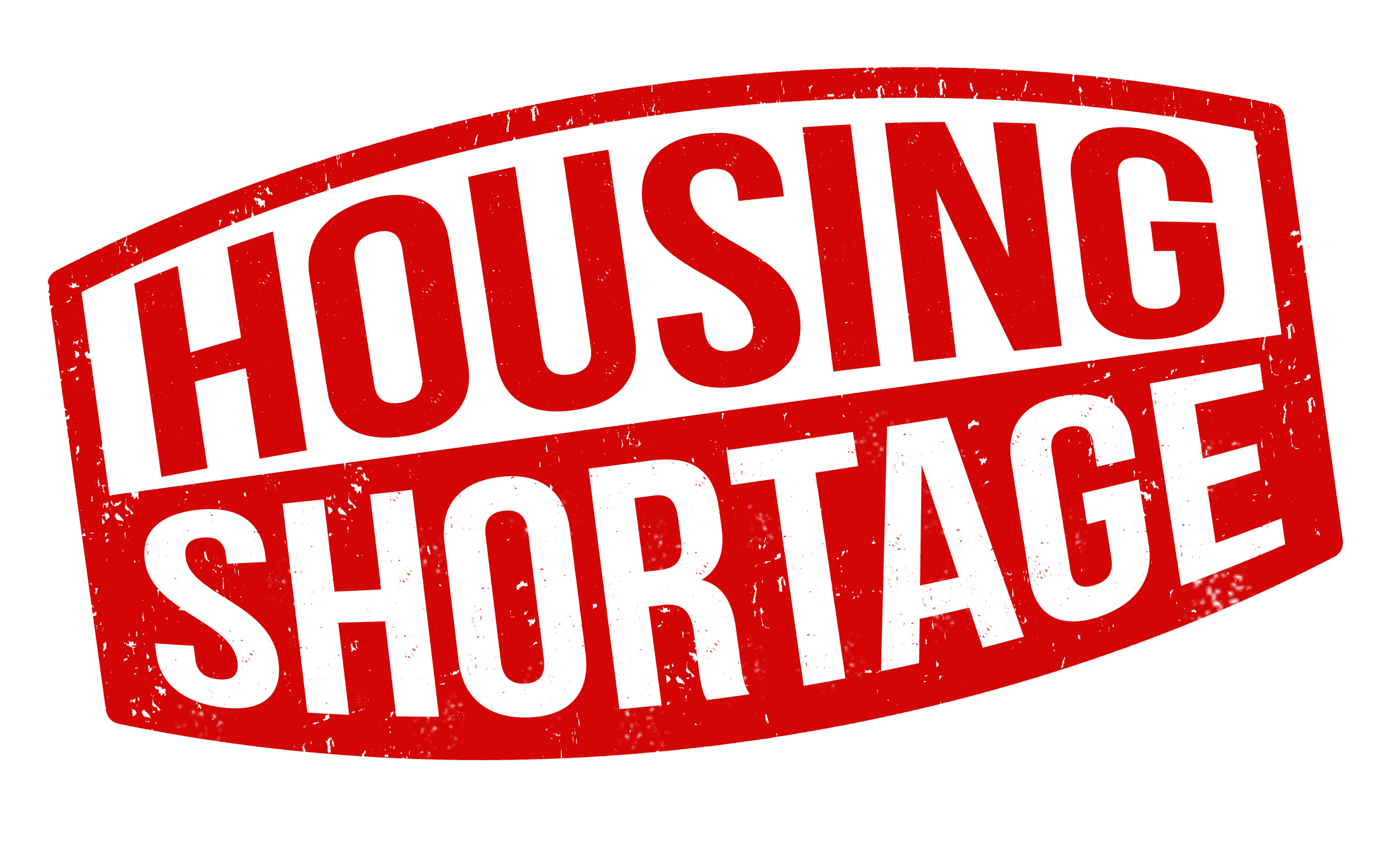The U.S. housing market is grappling with a pressing issue—plummeting inventory levels that have hit their lowest point in over a decade. This alarming trend, fueled by the lingering impact of the COVID-19 pandemic and high mortgage rates, has created a crisis for homebuyers and sellers. This article will delve into the factors contributing to this decline and discuss the implications for those involved in the housing market. By understanding these dynamics, individuals can better navigate the challenges and make informed decisions in this volatile environment.
The COVID-19 pandemic has profoundly affected the housing market, leading to a sharp decline in available inventory. Compared to May 2019, the current market has experienced a staggering 38.6 percent decrease in the number of homes for sale. Uncertainty and economic instability prompted many potential sellers to wait to list their properties, exacerbating the scarcity of available homes.
Low mortgage rates triggered a buying frenzy in 2020 and 2021, depleting the housing inventory. However, the current rise in mortgage rates has discouraged homeowners from selling their properties, as they are reluctant to give up their favorable borrowing conditions. With over 90 percent of homeowners enjoying rates below 6 percent, and more than 80 percent below 5 percent, the increased average 30-year fixed mortgage rate of 6.43 percent in May, compared to 5.23 percent the previous year, has deterred potential sellers from entering the market.
Despite the decline in inventory and the impact of higher mortgage rates, housing prices have remained relatively stable. The median U.S. home sale price in May was $419,103, exhibiting only a modest 3.1 percent decrease compared to the previous year’s record high. This stability can be attributed to the persistent imbalance between supply and demand, with limited inventory and continued buyer interest supporting prices.
The report reveals significant variations in price changes across different markets. Cities such as Austin, Boise, and Oakland experienced intense price growth during the pandemic and have witnessed double-digit price decreases as the market cools. Conversely, more affordable cities like Hartford, Connecticut; Rochester, New York; and Cincinnati have recorded price increases of approximately 10 percent as buyers seek locations where their budgets can stretch further. Understanding these market variations is crucial for homebuyers and sellers to make informed decisions tailored to their circumstances.
According to Redfin Chief Economist Daryl Fairweather, it is still too early to determine if price declines have bottomed out. The potential rise in mortgage rates, as indicated by the Federal Reserve, could further dampen homebuyer demand and potentially lead to minor price declines in the near term. However, it is unlikely that the market will experience the significant double-digit price declines witnessed during the 2008 housing crisis. This cautious outlook underscores the need for vigilance and adaptability in an evolving housing market.
The U.S. housing market is grappling with a severe inventory shortage, reaching its lowest point in over a decade. The convergence of the COVID-19 pandemic and high mortgage rates has deterred potential sellers from listing their properties. Although housing prices have remained relatively stable, variations exist across different regions, offering both challenges and opportunities for buyers and sellers. In this ever-changing market, staying informed about these trends is essential for making informed decisions and successfully navigating the current housing market landscape. By closely monitoring market dynamics and adapting strategies accordingly, individuals can position themselves to seize opportunities and mitigate risks in this challenging environment.






